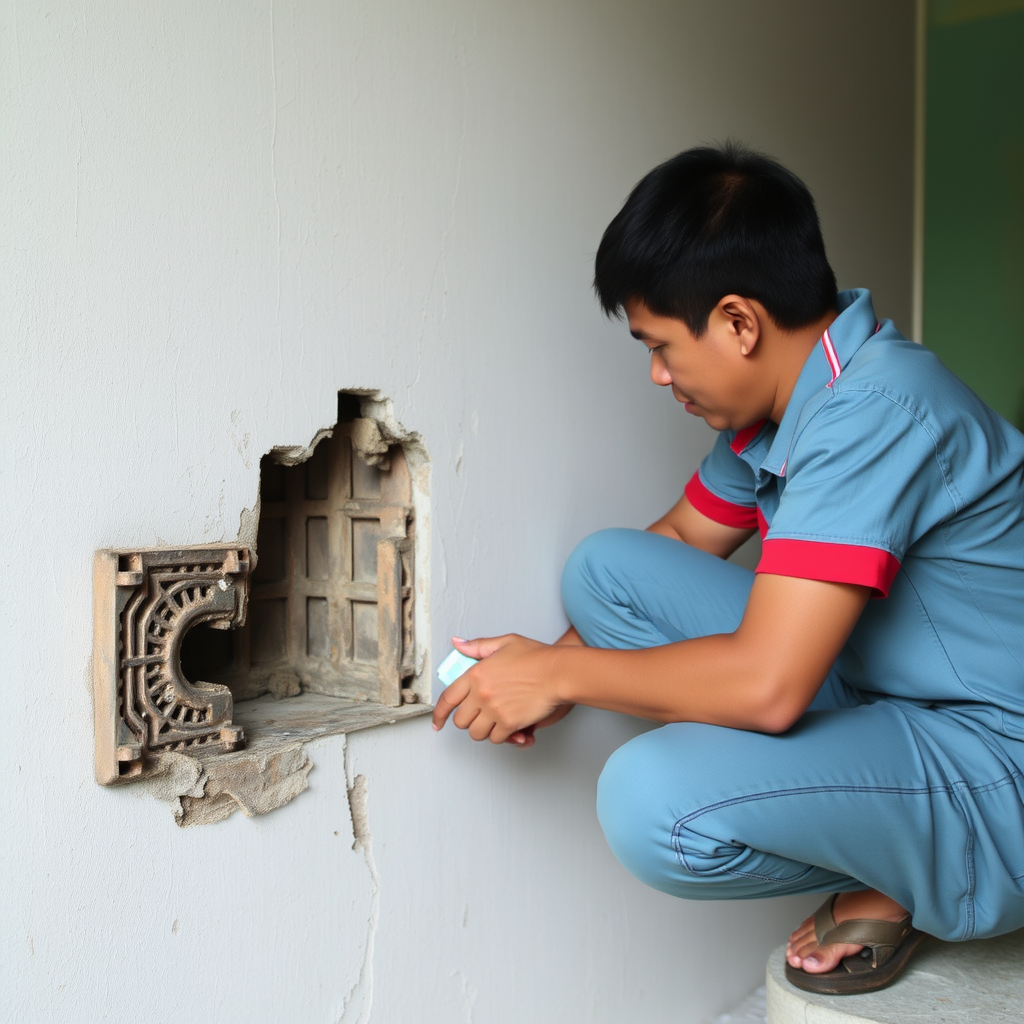What to Do When Your Landlord Isn't Making Repairs

What to Do When Your Landlord Isn't Making Repairs
Table of Contents
- Understanding Landlord Responsibilities
- Documenting the Problem
- Communicating with Your Landlord
- Legal Options
- Rent Escrow
- Repair and Deduct
- Withholding Rent (Proceed with Caution!)
- Breaking the Lease
- Prevention is Key
- FAQ
Dealing with a landlord who neglects necessary repairs can be incredibly frustrating. You have a right to a safe and habitable living environment, and it's your landlord's responsibility to provide it. This article outlines the steps you can take when your landlord isn't fulfilling their repair obligations.
Understanding Landlord Responsibilities
Landlord responsibilities vary slightly depending on the state and local laws. However, generally, landlords are required to maintain a habitable dwelling. This typically includes ensuring the following:
- Working plumbing, heating, and electrical systems
- Safe and structurally sound building
- Freedom from pests and infestations
- Adequate weather protection (roofing, windows, and doors in good repair)
- Compliance with health and safety codes
Familiarize yourself with your state's landlord-tenant laws. A quick internet search for "[Your State] landlord-tenant laws" will usually lead you to helpful resources.
Documenting the Problem
Thorough documentation is crucial. Before taking any other action, meticulously document the issues you're experiencing. This will be invaluable if you need to take legal action later.
Take Detailed Photos and Videos
Capture the damage with clear photos and videos. Make sure to include dates in your documentation, either by timestamping the images or noting the date in a separate log.
Keep a Written Log
Maintain a detailed log of each issue, including:
- The date you noticed the problem
- A description of the problem
- The date you notified your landlord
- How you notified your landlord (e.g., email, certified mail)
- Any responses from your landlord
- The date and description of any repairs (or lack thereof)
Communicating with Your Landlord
Start by communicating with your landlord in writing. This provides a clear record of your requests and their responses. A phone call can be helpful for initial contact but always follow up with a written confirmation. Certified mail with return receipt requested is highly recommended, as it provides proof that your landlord received the notice.
What to Include in Your Written Notice
Your written notice should include:
- Your name and address
- The date
- A clear and concise description of the problem
- A reasonable timeframe for the landlord to make the repairs (check your local laws for guidance)
- A statement that you will pursue legal remedies if the repairs are not made within the specified timeframe.
Legal Options
If your landlord fails to make necessary repairs after you've provided written notice, you may have several legal options. These options vary depending on your location, so consulting with a lawyer or tenant advocacy group is highly recommended.
Rent Escrow
Some states allow tenants to pay their rent into an escrow account controlled by the court. This demonstrates your good faith and ensures that the rent money is available to pay for repairs. The court may then order the landlord to make the repairs or release the escrowed funds to you to pay for them.
Repair and Deduct
In some jurisdictions, you can "repair and deduct," meaning you pay for the repairs yourself and deduct the cost from your rent. However, there are strict requirements for this option, including giving the landlord proper notice and obtaining multiple quotes for the repairs.
Withholding Rent (Proceed with Caution!)
Withholding rent is generally not recommended without consulting with a lawyer, as it can lead to eviction proceedings. In some jurisdictions, you may be able to withhold rent if your landlord fails to make necessary repairs after proper notice, but you may be required to deposit the rent money into an escrow account.
Breaking the Lease
If the conditions in your apartment are uninhabitable and your landlord refuses to make repairs, you may be able to break your lease without penalty. However, it's essential to follow the proper procedures, including providing written notice to your landlord and allowing them a reasonable opportunity to remedy the situation.
Prevention is Key
Before signing a lease, carefully inspect the property for any existing problems. Document any issues you find and include them in the lease agreement or a separate addendum. This can help prevent disputes later on. Also, maintain open communication with your landlord throughout your tenancy and promptly report any problems as they arise.
As the quote says, "Balance does not mean eternal peace, but how we handle imbalance." Dealing with a negligent landlord creates an imbalance. By understanding your rights and options, you can navigate this situation effectively.
FAQ
Q: What constitutes an "uninhabitable" living condition?
A: Uninhabitable conditions are those that pose a serious threat to your health and safety, such as lack of heat in winter, a severe rodent infestation, or structural damage that makes the property unsafe.
Q: What is a "reasonable timeframe" for repairs?
A: The definition of "reasonable timeframe" depends on the nature of the problem. A minor repair might require a few days, while a major repair could take several weeks. Check your local laws for specific guidelines.
Q: Can my landlord evict me for requesting repairs?
A: It is illegal for a landlord to retaliate against a tenant for requesting repairs. Retaliation can include eviction, rent increases, or harassment. If you believe your landlord is retaliating against you, seek legal advice immediately.


Comments
Post a Comment